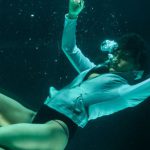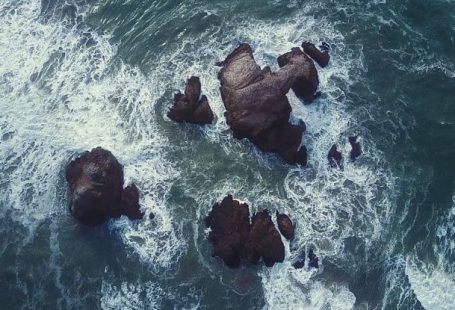Capturing stunning underwater photographs can be a challenging yet rewarding endeavor for any photographer. The underwater world offers a unique and captivating environment filled with vibrant colors and fascinating marine life. Whether you are a beginner looking to enhance your underwater photography skills or a seasoned pro seeking to refine your techniques, there are several strategies you can employ to elevate your underwater photography game.
Choosing the Right Equipment
Selecting the appropriate equipment is crucial for achieving high-quality underwater photographs. Invest in a reliable underwater camera that is specifically designed for underwater use. Look for a camera with a high resolution and a fast shutter speed to capture sharp and clear images in the dynamic underwater environment. Additionally, consider purchasing underwater housing to protect your camera from water damage and ensure optimal performance.
Mastering Buoyancy Control
Achieving proper buoyancy control is essential for capturing sharp and well-composed underwater images. Practice maintaining neutral buoyancy to effortlessly maneuver through the water and position yourself for the perfect shot. By mastering buoyancy control, you can minimize camera shake and capture sharp, blur-free images.
Utilizing Natural Light
Natural light plays a significant role in underwater photography, as water absorbs and scatters light differently than air. Make the most of available natural light by shooting during the golden hours of sunrise and sunset when the light is soft and warm. Position yourself strategically to take advantage of natural light filtering through the water to illuminate your subjects and create stunning visual effects.
Experimenting with Composition
Composition is key to creating visually appealing underwater photographs. Experiment with different angles, perspectives, and framing techniques to add interest and depth to your images. Consider incorporating leading lines, patterns, and negative space to draw the viewer’s eye to your subject and create a sense of balance and harmony in your compositions.
Capturing Marine Life Behavior
One of the most captivating aspects of underwater photography is the opportunity to document the behavior and interactions of marine life. Be patient and observant to capture authentic moments of marine life in their natural habitat. Study the behavior of different marine species to anticipate their movements and capture compelling images that tell a story.
Post-Processing for Enhancement
Post-processing is a valuable tool for enhancing your underwater photographs and bringing out their full potential. Use editing software to adjust exposure, white balance, and color saturation to enhance the vibrancy and clarity of your images. Experiment with different editing techniques to create unique and visually striking underwater photographs that showcase the beauty of the underwater world.
Building a Portfolio
Building a portfolio of your best underwater photographs is a great way to showcase your skills and attract potential clients or collaborators. Select your strongest images that demonstrate your creativity, technical proficiency, and unique perspective on underwater photography. Consider creating a dedicated online portfolio or social media presence to share your work with a wider audience and connect with fellow underwater photography enthusiasts.
Sustainable Practices in Underwater Photography
As underwater photographers, it is our responsibility to protect and preserve the fragile marine ecosystems we explore and document. Practice sustainable diving and photography techniques to minimize your impact on the environment and promote conservation efforts. Respect marine life and their habitats, and avoid disturbing or damaging coral reefs and other underwater ecosystems.
Embracing Continuous Learning
Underwater photography is a dynamic and ever-evolving field that offers endless opportunities for learning and growth. Stay curious, experiment with new techniques and equipment, and seek inspiration from other underwater photographers to expand your skills and creative vision. Embrace challenges and setbacks as opportunities for growth and improvement in your underwater photography journey.
Incorporating these techniques into your underwater photography practice can help you elevate your skills, capture breathtaking images, and immerse yourself in the beauty of the underwater world. Whether you are a novice or an experienced underwater photographer, continuous learning, practice, and passion are the keys to mastering the art of underwater photography and creating stunning visual narratives that inspire and captivate viewers.





